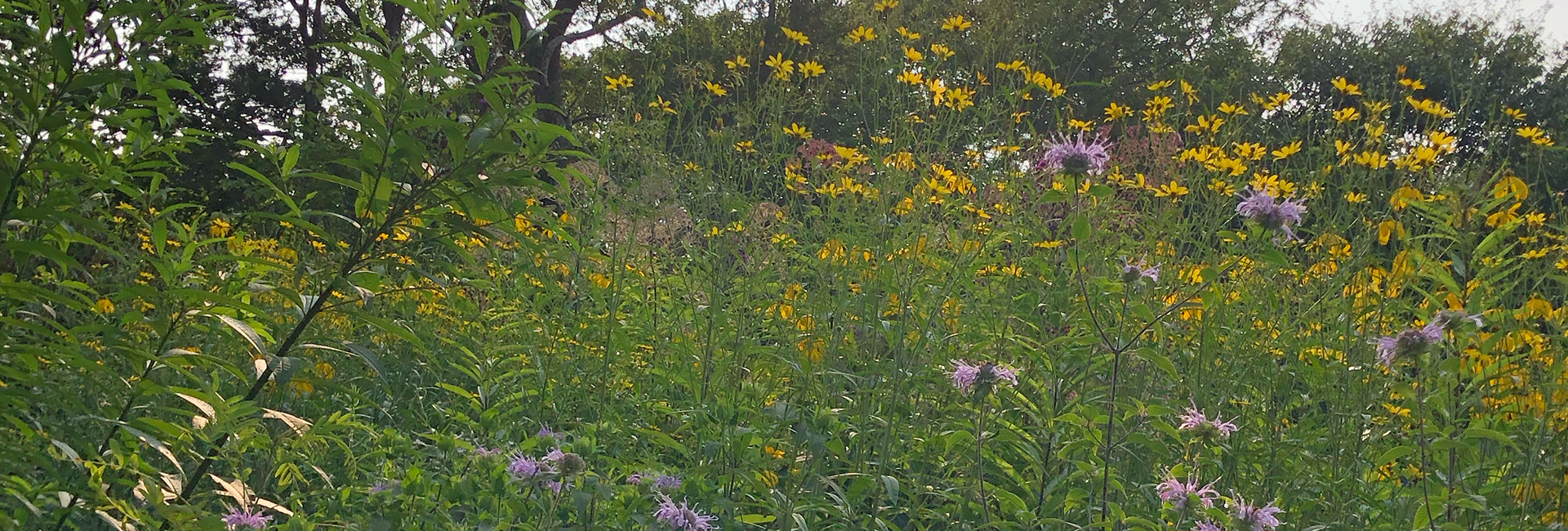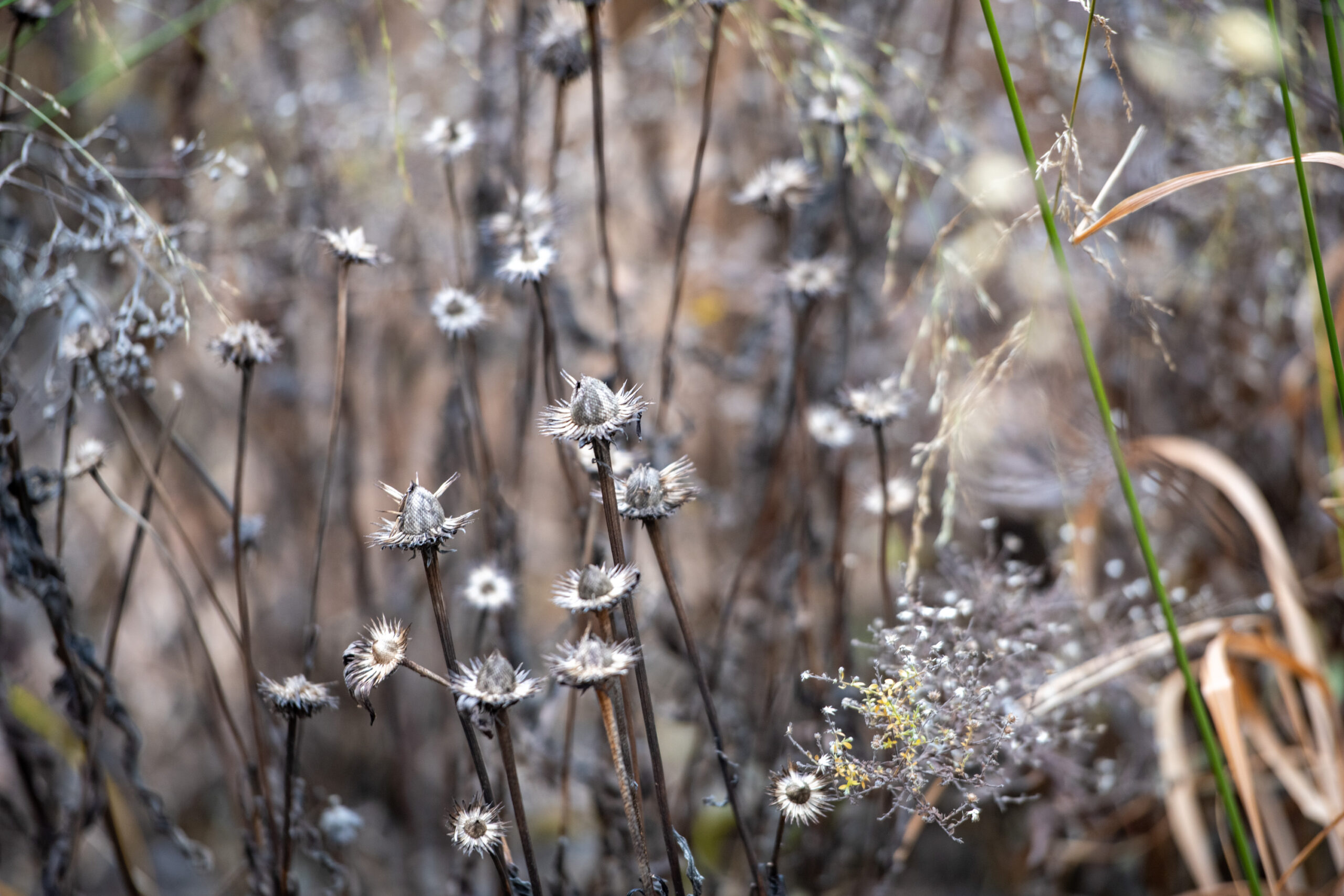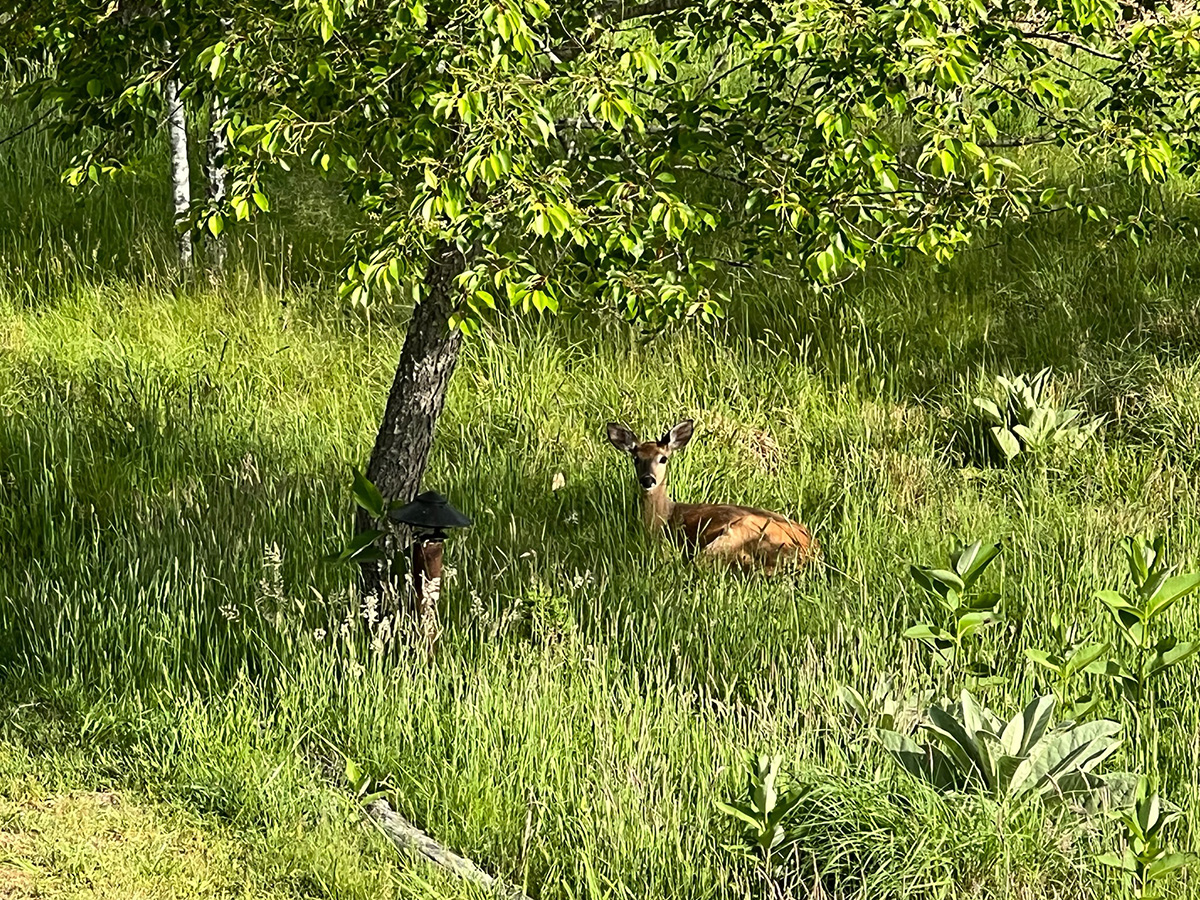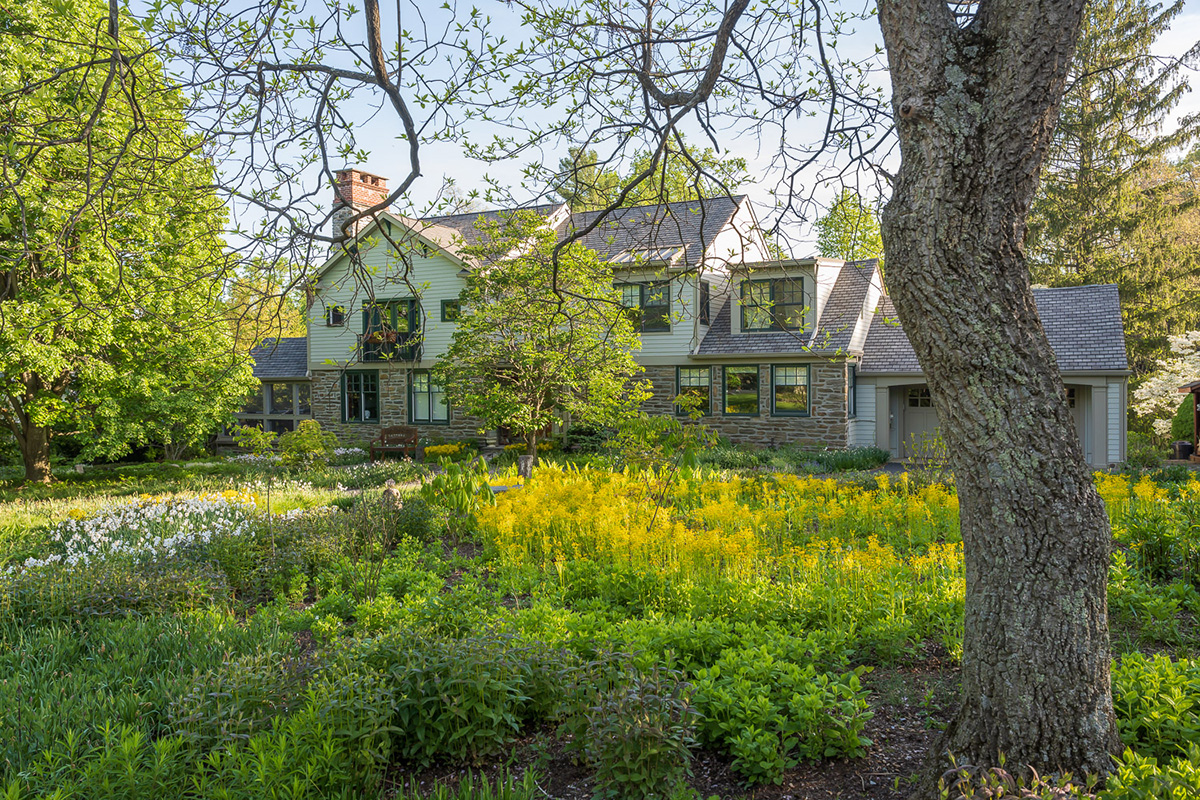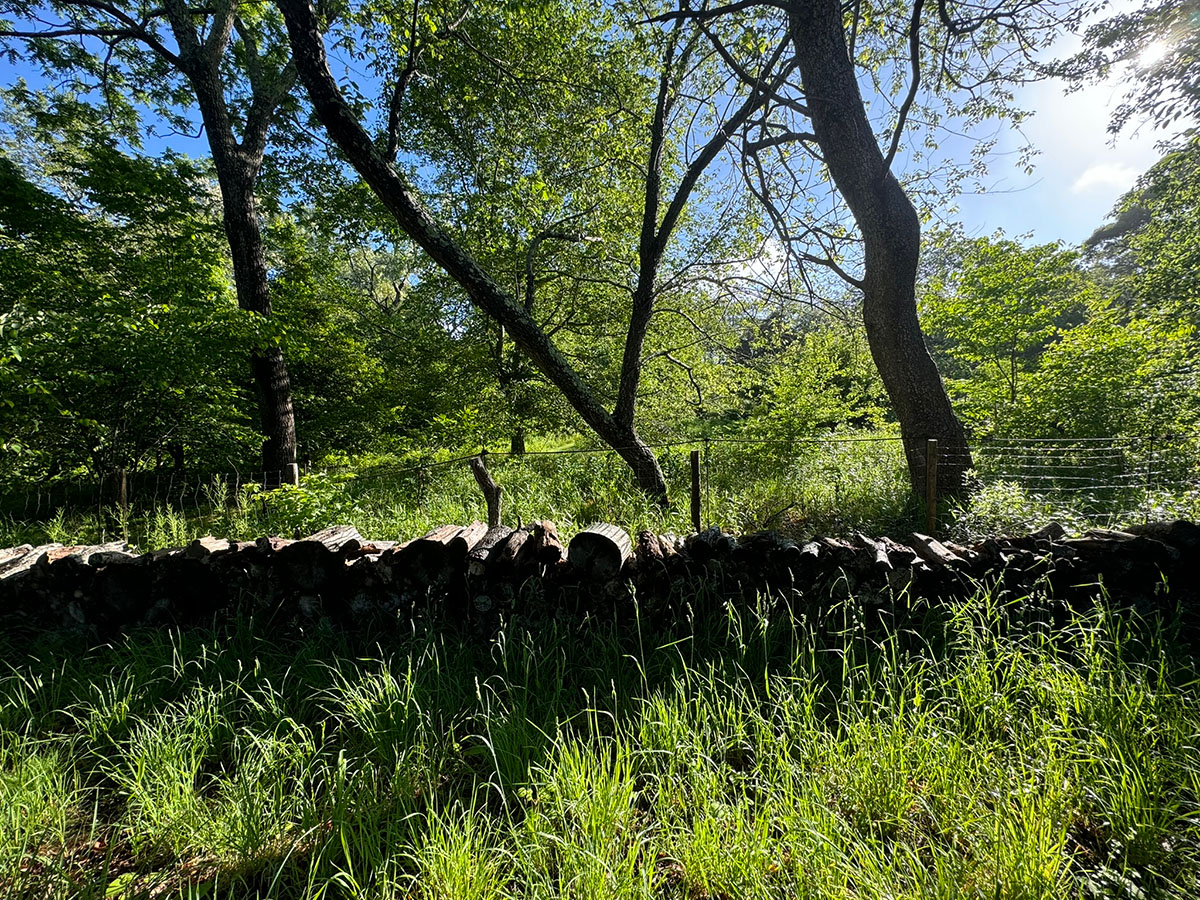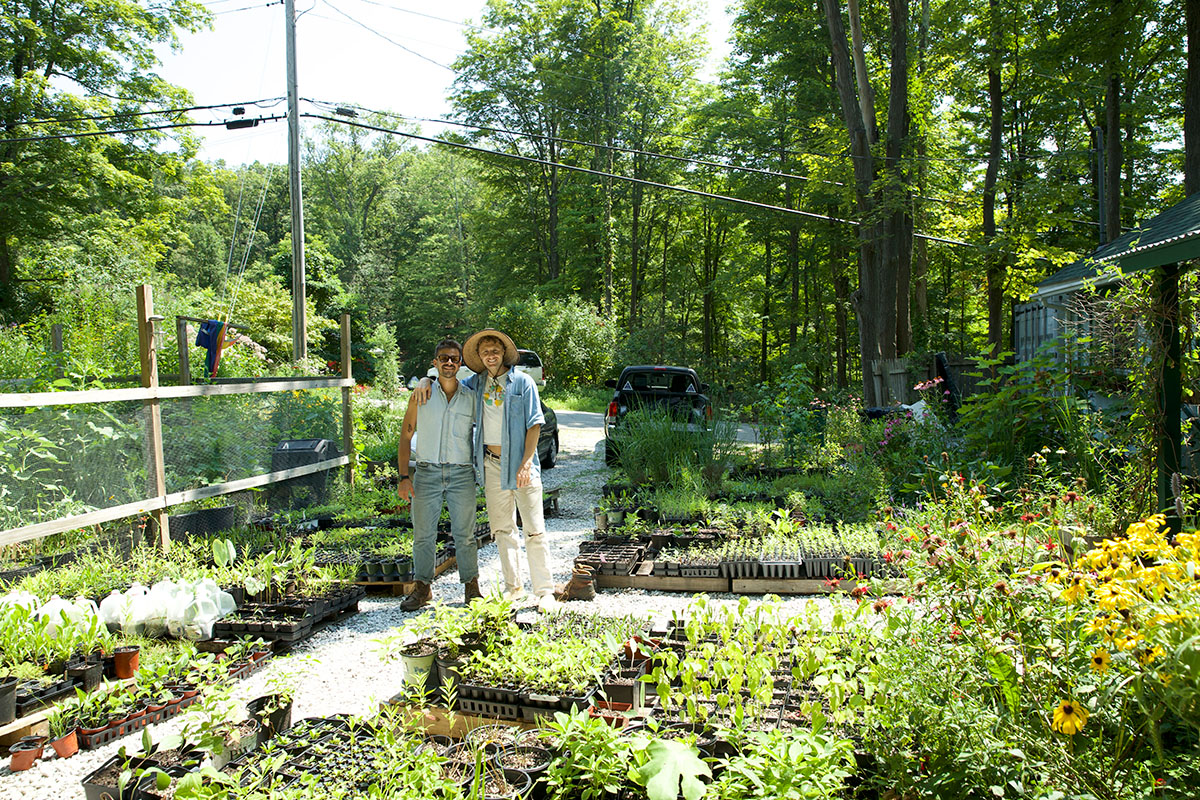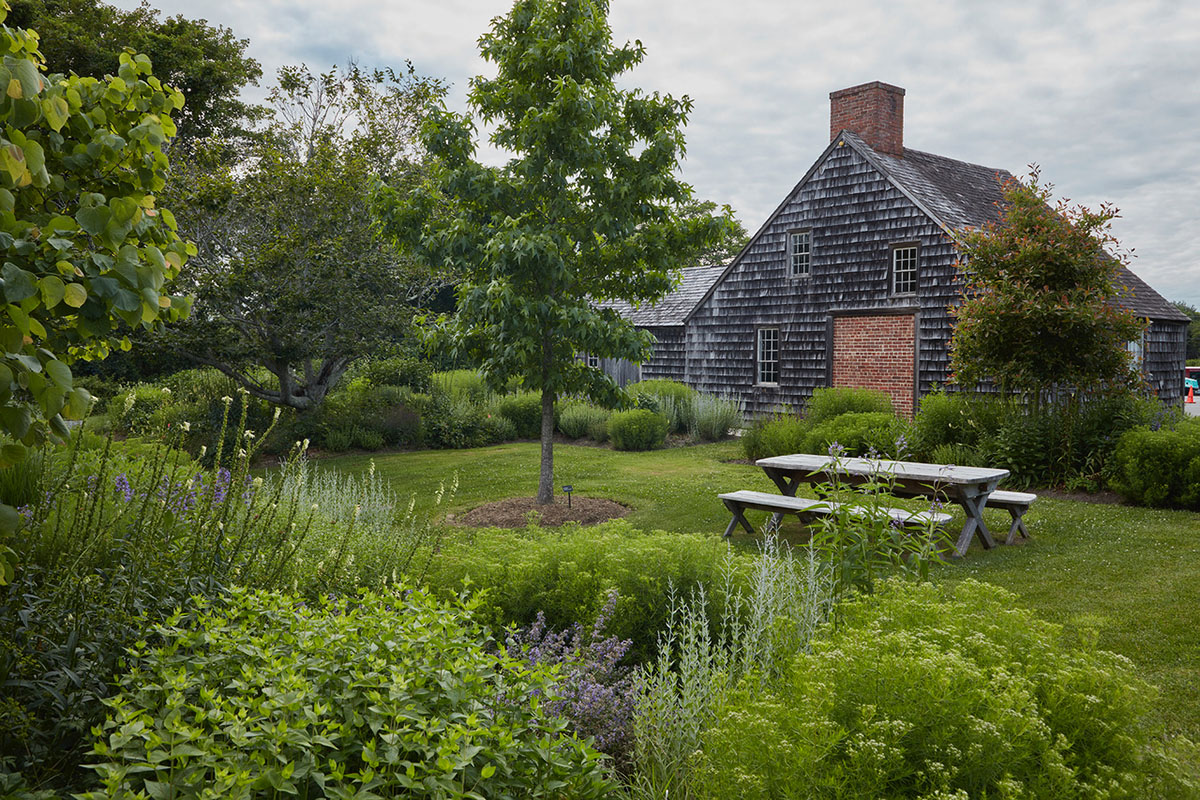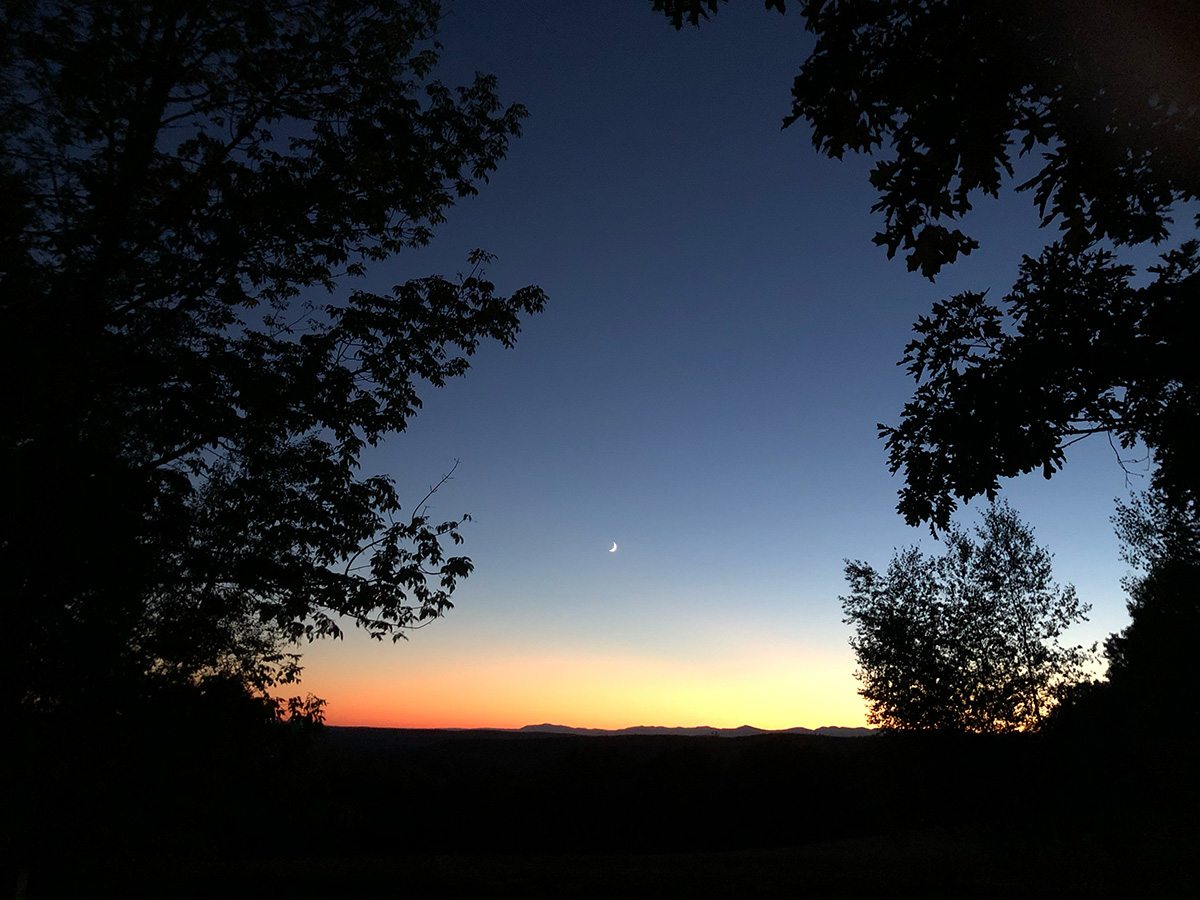PRFCT Perspectives is our online magazine featuring stories about
nature-based gardens, posts from Edwina von Gal, tips, and more.
We share a selection of these stories in our monthly column with Gardenista.
Sign up for our Newsletter so you don’t miss a post, and
subscribe to the Growing Greener podcast, and
learn more with our nature-based gardening resources.
-
Looking Back With Joy (and Looking Ahead With Hope)
Read more: Looking Back With Joy (and Looking Ahead With Hope)Even for the most optimistic of us, it can be hard to stay positive these days. But hope, it is “the thing with feathers,” and there are moments that can make us soar with joy propelling us forward: from successful bans on pesticides like neonicotinoids to savoring the sweet burst of a Juneberry still warm…
-
The Georgica Pond Preserve
Read more: The Georgica Pond PreserveIn fall 2025, Perfect Earth teamed up with partners Peconic Land Trust, Whitmores, and Piazza Horticultural, the nature-based branch of Whitmores, to add screening plants and create an educational programming space to the recently restored Georgica Pond Preserve in Wainscott, NY.
-
Yes Deer
Read more: Yes DeerFor more than two decades, Nancy Lawson has been living in harmony with deer. Sure, they’re in her Maryland yard every single day. Yes, they come to eat, rest, and, occasionally, rut. But, no, they don’t destroy her garden. In fact, it’s thriving.
-
Show Them You Care
Read more: Show Them You Care“What does aesthetics have to do with ecology?” asks Joan Nassauer. Turns out a lot. A professor of landscape architecture at the University of Michigan, Nassauer has been studying how to make ecological gardens more acceptable and accessible. Several decades ago, she coined the phrase “cues to care,” which has now become a catch phrase…
-
Close the Loop
Read more: Close the LoopNature is resourceful. It doesn’t pay for mulch or fertilizer or hire a team to blow away leaves. It doesn’t bag up grass clippings and send them to the landfill. And it doesn’t chop down dead trees or branches and truck them away. It makes everything it needs and uses everything it makes. Leaves feed…
-
A Growing Business: Hyper Local Native Plant Nurseries
Read more: A Growing Business: Hyper Local Native Plant NurseriesTime for a bit of good news. More people are growing native plants. According to the National Gardening Association, the number of people buying them has nearly doubled since 2019. And while it can still be challenging to find native plants at garden centers around the country, small, hyper-local native plant nurseries are popping up…
-
Keeping a Community Blooming
Read more: Keeping a Community BloomingWhen the realities of climate change start to feel overwhelming, focus on local action. Research shows that small habitats can have a big impact on biodiversity. As homeowners begin to take action in their own yards, some municipalities across the country are leading by example. On the East End of Long Island, the community of…
-
I Love the Nightlife: Be Kind and Dim the Lights
Read more: I Love the Nightlife: Be Kind and Dim the LightsFireflies will never not be magical. Every time I see them glitter up the sky, I feel like I’m back in my childhood, running barefoot, chasing them through the popsicle-sticky summer air. Nature’s endorphin. But fireflies, like most insects and birds, are in trouble.
